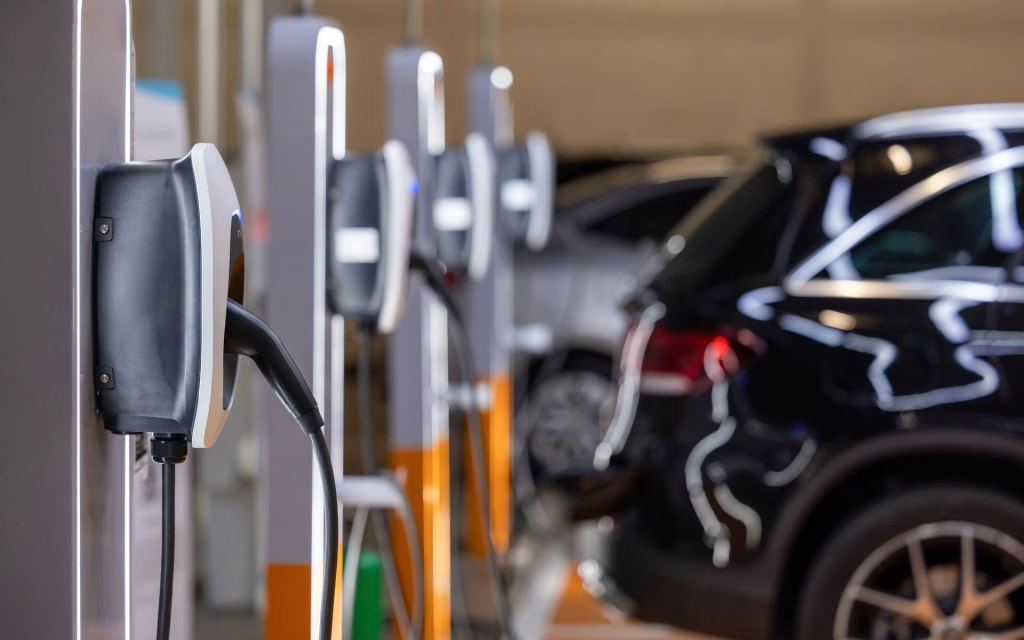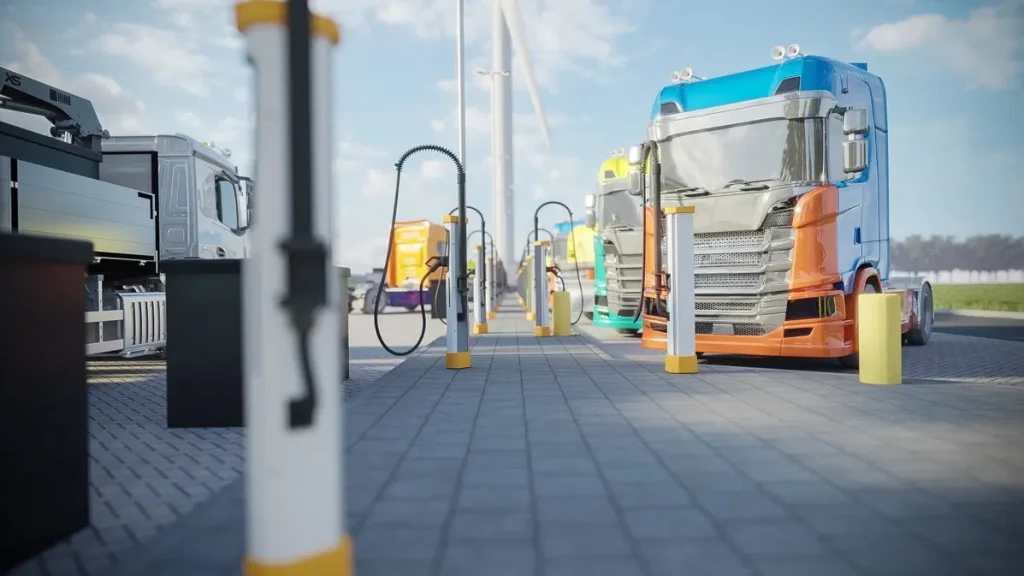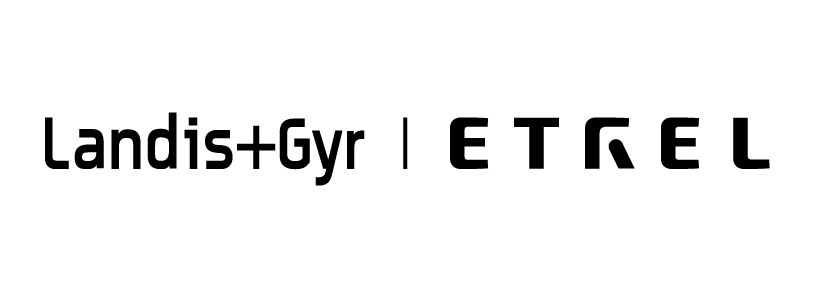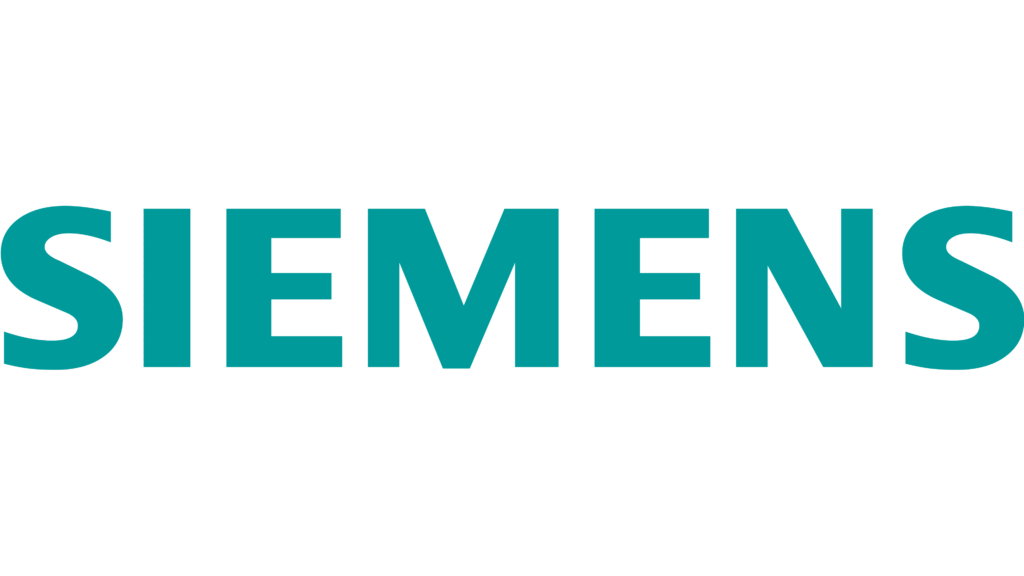As electric vehicle (EV) adoption soars, businesses face a crucial decision: Which EV charging technology—AC or DC fast charging—is right for their fleet? Making the optimal choice can affect everything from operational efficiency to installation costs and customer satisfaction.
Understanding the Basics
- AC Charging (Alternating Current): Most common for workplace and public charging. Power ranges from 7kW to 22kW. Suitable for vehicles parked for hours — think workplaces, hotels, retail centers, and employee parking.
- DC Fast Charging (Direct Current): Converts power outside the vehicle, bypassing the onboard charger. Delivers a direct, powerful charge (40kW to 350kW), drastically reducing charging time—ideal for rapid fleet turnaround.
Key Differences at a Glance
| Feature | AC Charging (Level 2) | DC Fast Charging (Level 3) |
|---|---|---|
| Power Output | 7-22kW | 50-350kW |
| Typical Charge Length | 3-8 hours | 15-60 minutes |
| Installation Cost | Lower | Higher |
| Infrastructure Needed | Existing supply often enough | May require upgrades |
| Ideal Use Cases | Long stays, workplaces | High-turnover fleets |
| ROI | Cost-effective, scalable | High, if constant usage |
| Grid Impact | Low | High |

Use Cases for Business Settings
Choose AC Charging When:
- Employees or customers are parked for several hours
- Your business wants cost-effective, scalable installations
- Lower power infrastructure suits your location
Choose DC Fast Charging When:
- You manage a delivery, taxi, or logistics fleet needing rapid turnarounds
- Your location serves high-traffic, time-sensitive vehicles
- You have the budget for higher investment and power upgrades
Hybrid Approach:
Many businesses find success combining both options—installing AC chargers for long-term parkers and some DC fast chargers for fleet or customer rapid top-ups.
Cost and Operational Considerations
- AC Chargers: Lower upfront costs (€500–€2,000/unit), minimal infrastructure adjustment, ideal for predictable, long dwells.
- DC Chargers: Higher upfront costs (€8,000–€100,000/unit plus) plus grid upgrades, but enable pay-per-use and high fleet uptime.

Maximising Fleet Performance with the Right Charger Mix
For many Maltese businesses, blending AC and DC chargers offers flexibility. AC chargers are ideal for vehicles parked on-site for extended periods, keeping your fleet consistently topped up with lower electricity costs. Meanwhile, DC fast chargers provide rapid top-ups for vehicles with tight schedules, keeping your operations running smoothly during busy hours. This tailored approach helps minimise downtime, manage energy use, and future-proof your business as EV adoption grows.












